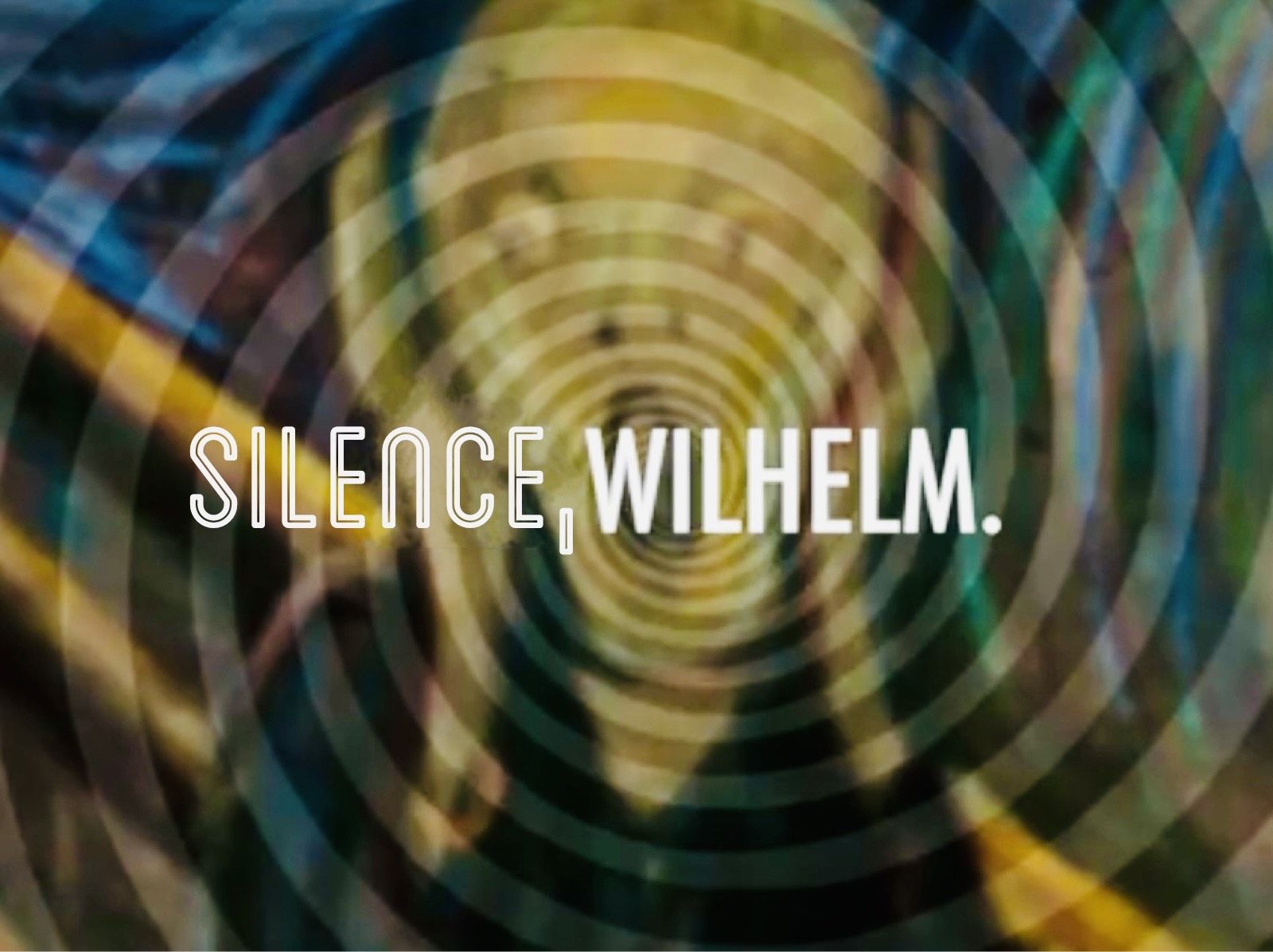
Used in more than 500 films and productions, this high-pitched scream has become one of the most recognizable inside jokes in cinema. Behind the exaggerated howl lies a story of studio work, sound archives, and creative collaboration.
It barely lasts two seconds. It cuts through the chaos of a fall, an explosion or a surprise attack. Chances are, you’ve probably heard it hundreds of times without realizing it. It’s known as the “Wilhelm scream.” To this day, it’s the most recycled sound effect in film history. From Star Wars and Indiana Jones to Kill Bill and Toy Story, it has carried on through the decades as a private nod between filmmakers, a hidden signature buried inside some of the biggest blockbusters. But how did a single scream recorded in the early 1950s end up becoming a Hollywood legend?
The story begins in 1951, on the set of Distant Drums, a Warner Bros. production starring Gary Cooper. In one scene, a soldier is attacked by an alligator in a swamp. He’s supposed to scream, but as was common at the time, the sound was added in post-production. A studio actor, likely Sheb Wooley, was brought in to record a series of pain-filled screams. One of them, the fourth take, was saved in the studio’s sound archives.
The story could have ended there, but the scream resurfaced two years later in a western called The Charge at Feather River (1953). When a minor character named Wilhelm is struck by an arrow in the leg, the exact same scream is used. This was the first time it became linked to a name. The “Wilhelm scream” was born.
From Inside Joke to Iconic Sound
Over the following decades, Warner Bros. continued to use the same sound effect. It became a practical and cost-effective solution at a time when recording new sounds was expensive. You can hear it in Them! (1954), A Star is Born (the 1954 version), and The Green Berets.
But it was in the 1970s that the scream took on a whole new life. The man behind it? Ben Burtt, a sound engineer hired by George Lucas to create the effects for Star Wars (1977). Fascinated by archival sounds, Burtt rediscovered the Wilhelm scream and decided to slip it in a scene in the space saga. An Imperial soldier falls into a chasm and lets out the exact same scream as a 1950s cowboy. The nod was subtle but noticed by fans and Burtt’s peers. From then on, the scream became a running audio joke, appearing in Raiders of the Lost Ark, Willow, Gremlins 2, Batman Returns, Reservoir Dogs, Pirates of the Caribbean, The Avengers, and even Indiana Jones and the Dial of Destiny (2023).
This exaggerated, almost caricatured cry of distress became a trademark and a subtle thread linking films across decades. Sound engineers include it — sometimes intentionally, sometimes out of tradition. It crosses genres and formats alike, including TV series, cartoons, video games, and trailers, and can be found everywhere. You can hear it in The Lord of the Rings, Ice Age, Toy Story, Kung Fu Panda, Doctor Who, Family Guy, Call of Duty, and Baldur’s Gate III. It often appears in secondary scenes where a character is thrown, struck, or fades into the background. The scream arrives, familiar, funny, and almost endearing in its persistence.
The “Wilhelm scream” has become an industry-wide joke. Some viewers now hunt for its appearances like Easter eggs. Entire websites and forums are dedicated to it. Sometimes it’s even used ironically in dramatic or intense scenes, adding a barely noticeable touch of humor.
Today, the original sound is royalty-free, which makes it easy to reuse. But its success isn’t just because it’s free. It has become a symbol of continuity between generations of filmmakers and technicians, a way to discreetly sign a film, like hidden audio graffiti tucked into the soundtrack.
https://youtu.be/4YDpuA90KEY

Comments